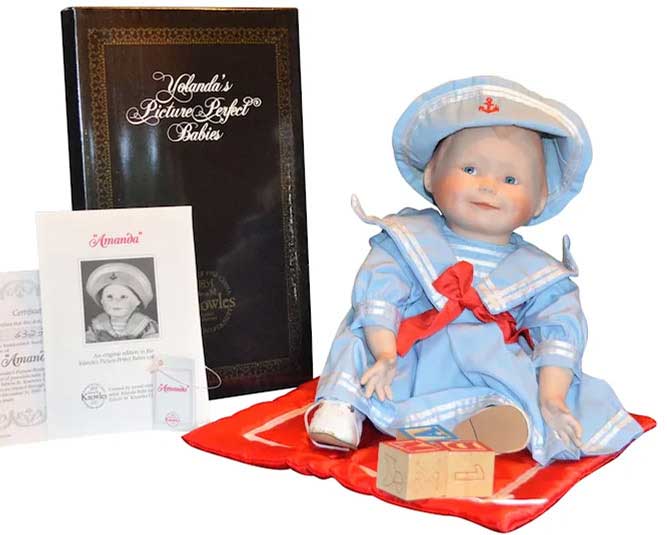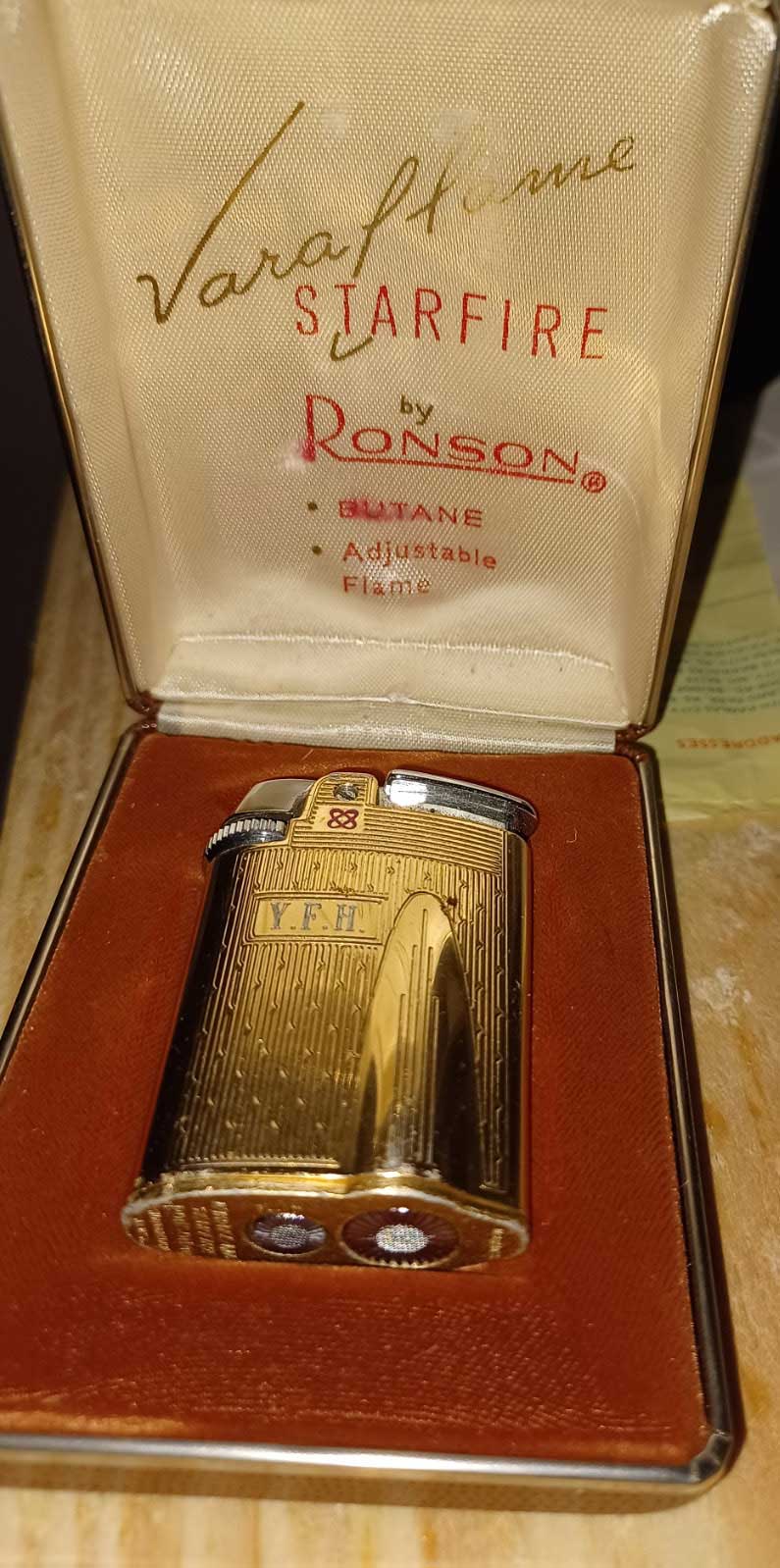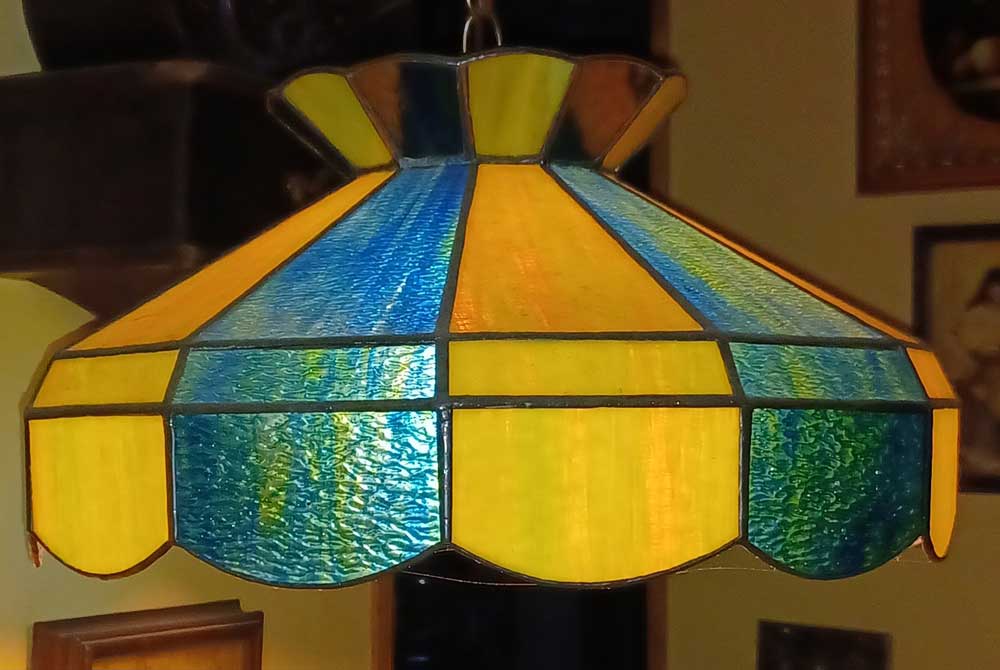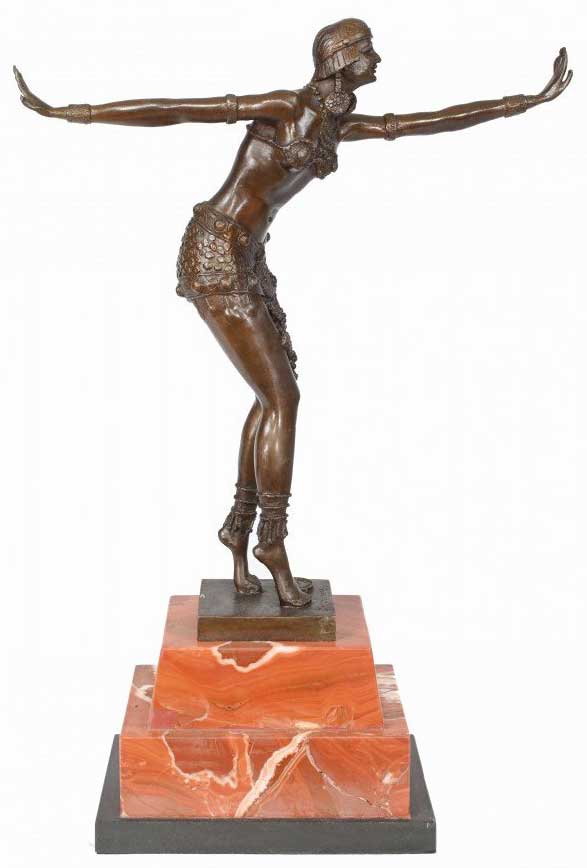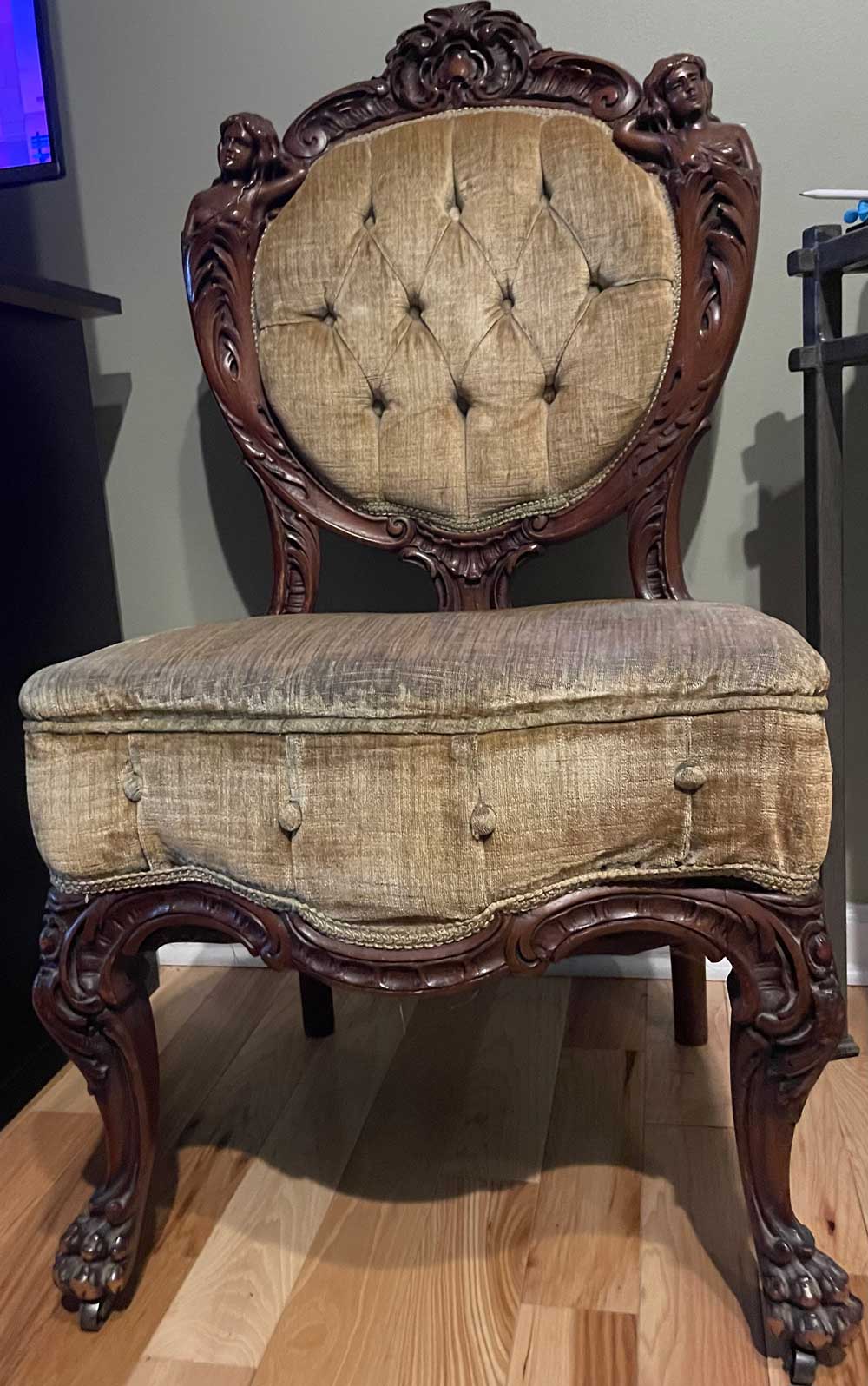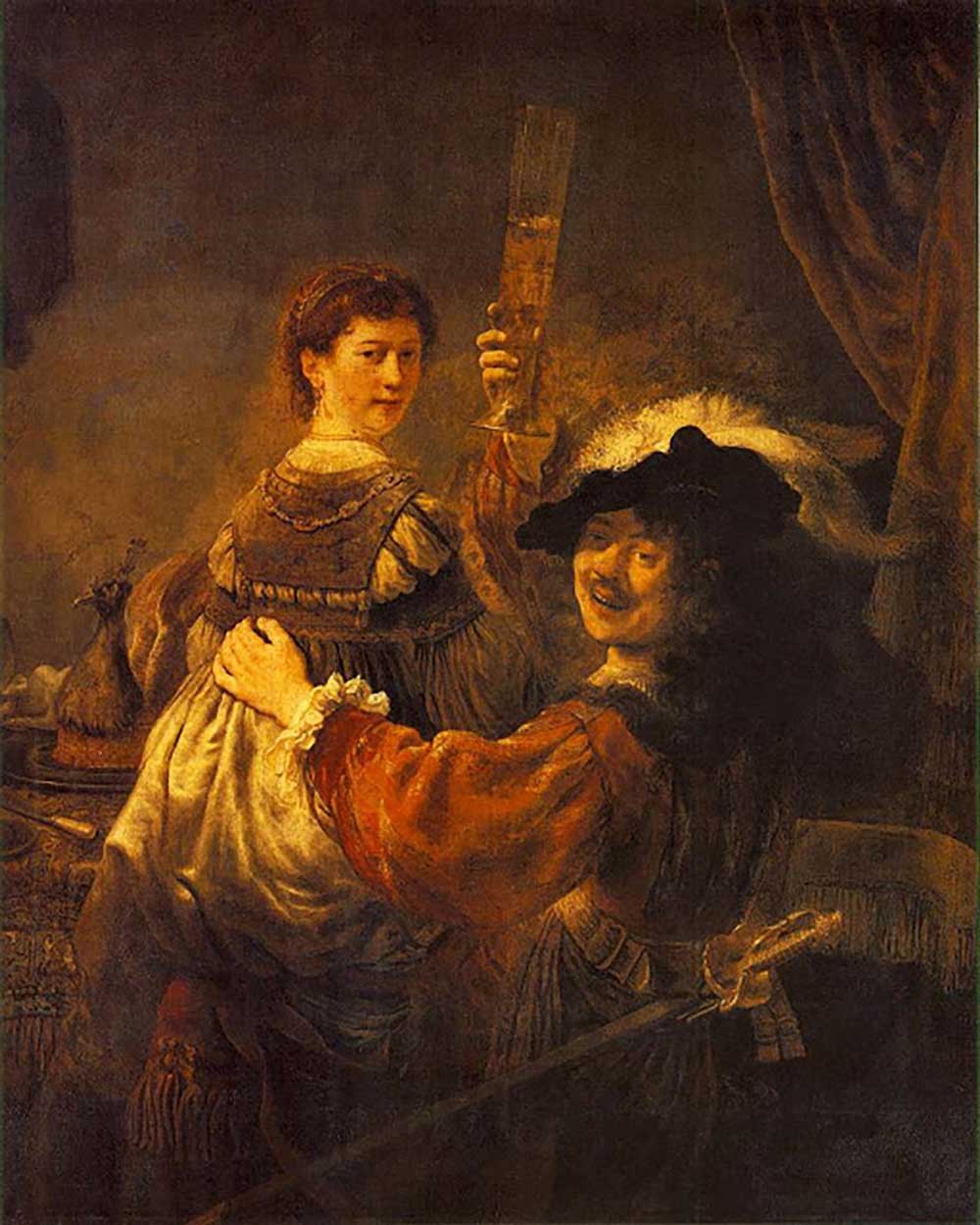Liquidating the family home, Part I
April 2024
Michelle Knows Antiques
Liquidating the family home, Part I
by Michelle Staley
Many of you have already experienced the task of deciding what to do with the contents of the family home or at least the home in which your parents lived for many decades. Some of you have yet to find yourself sitting in the home office staring into the abyss of a closet overflowing with miscellany of operating two business out of the home, three printers, a scanner, Costco-sized bundles of ledger books, and stacks of items so deep that you can’t see the back wall.
My father is 91 and still living in the house they purchased when we moved to Kansas in 1985. It has four levels, four bedrooms each with extra-large closets, eight additional closets, and a darkroom in the basement which has been used for storage. I have learned that closets are capable of hiding all types of goodies that should have been donated decades ago. He is wanting to move out of the big house and will be moving in with me or my oldest daughter hopefully this summer.
Mom was an antique collector and dealer. Due to daddy’s job, we had the privilege of living or visiting locations around the world, and it was not unusual for mom to have a wood crate or large boxes of purchases shipped back to the U.S. It was a huge thrill when the transport truck would deliver a large wood crate. They had to place it in the front yard, where we would dismantle the crate and toss excelsior all over the yard until the beautiful items inside were revealed. Think about the movie “A Christmas Story” when the leg lamp was delivered; that was us.
Needless to say, though the house is neat and tidy, it is filled to capacity with stuff. One helpful and important thing that mama did over the years was place little notes with items she felt that we needed to know the provenance or history. For instance, she has a child’s roll top desk and chair, and one day while dusting I came across one such note. It told the story about seeing the pieces in a shop window and stopped to look at them. My granny noticed mom’s interest and months later on her birthday she presented the desk and chair to my mama. The chair is a child’s Windsor back chair. This poses a big quandary for myself and my daughters as none of us really have the space to bring the desk and chair home, but it apparently had significant meaning for my mama. Do we keep it or sell it?
Since my daddy could use the money, we have decided to sell these two pieces. The desk should sell for $250 and the chair around $100.
My family doesn’t have many heirloom pieces, but the few we do have will come to my house or the home of my oldest. We both have glassed-in cabinets in which to place them. They have a 1950s or 1960s Brunswick three-piece slate top pool table with cushion bumpers. It will include all accessories. The two family members who want it haven’t thought things through. One is living in my basement and the other in an apartment in Chicago. This has a resale value of around $3,000, but my price is half of that and I drew the short straw on who is going to inform these two that a full -sized pool table just isn’t going to work with their living space.
More on whether to keep or sell those heirlooms in next month’s issue!
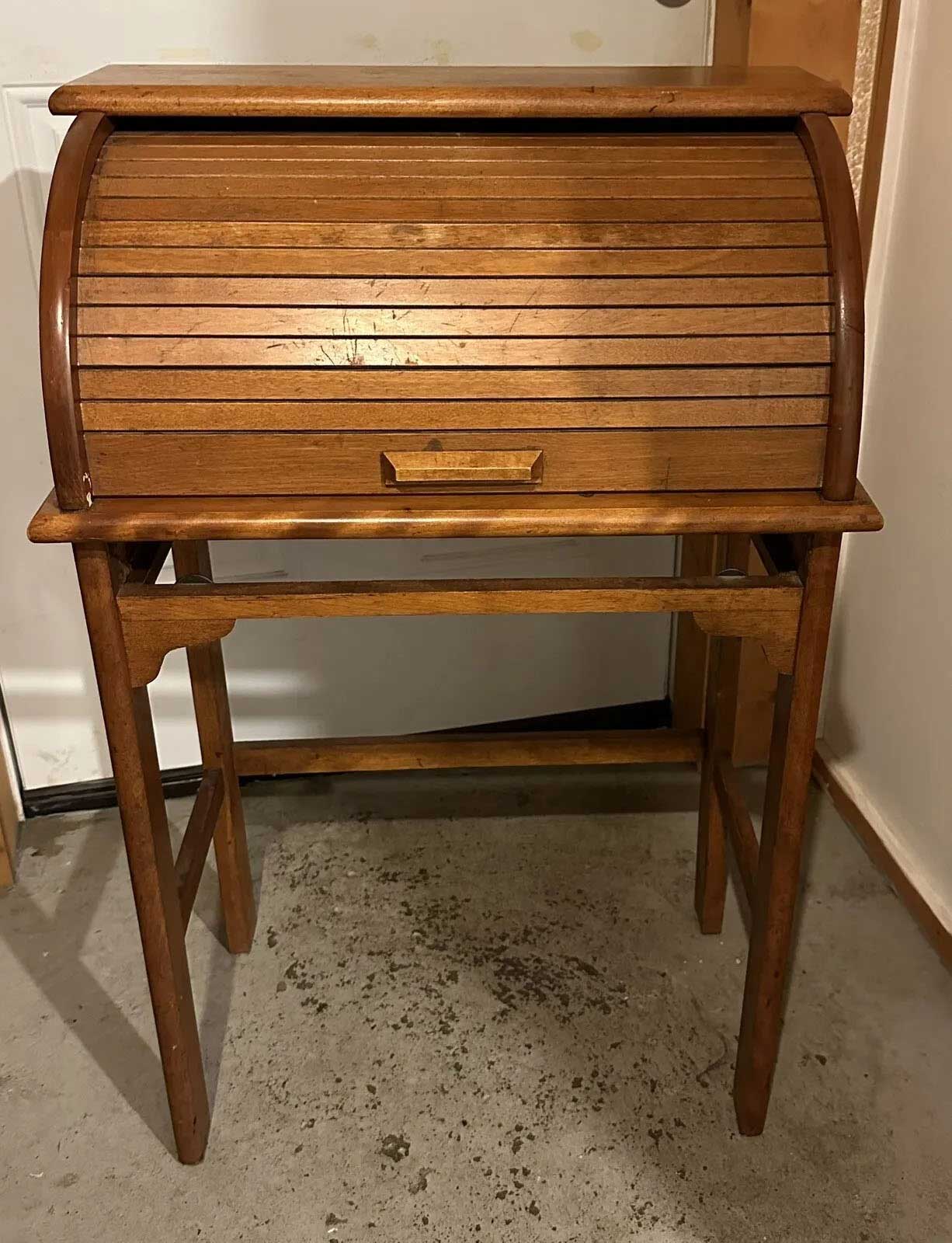
Roll Top Desk
This roll top desk is only one of many items that has a story to tell in my parents’ home. (Image courtesy of the author)
*All prices given are for sale in a private sale, antique shop, or other resale outlets. Price is also dependent upon the geographic area in which you are selling. Auction value, selling to a dealer or pawn shop prices are about ½ or less of resale value.
Michelle Staley is a Lenexa, KS-based dealer and researcher with 35 years of experience in the antique trade.
Send questions with photos to Michelle at michelle@discovervintage.com or TXSmichelle@gmail.com. Please keep queries to one question; questions without photos of the item may not be answered. There is no guarantee that your question will be answered or published.
Michelle is also available for consulting and extensive research work beyond this column. If you would like an appraisal on an antique or collectible please go to www.michellesantiqueappraisals.com for a one-on-one appraisal. Please note new web address.



